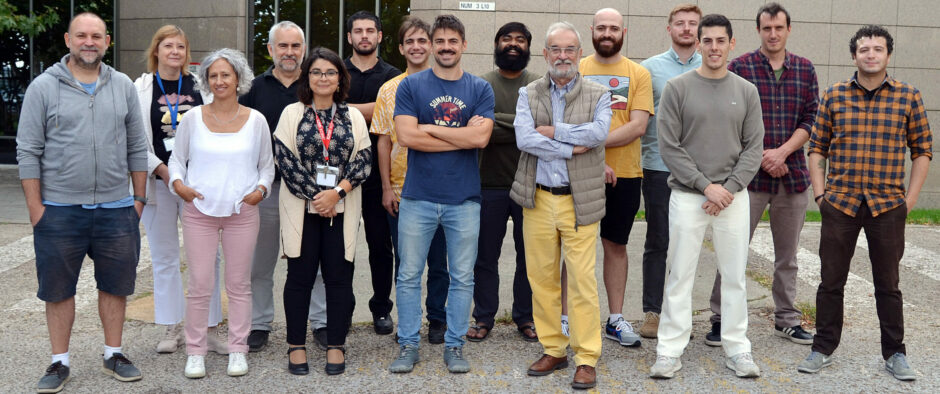PROJECT TITLE:Reconfigurable bi-component magnonic crystals for low-energy-consuming devices
MAIN RESEARCHER: David Navas
REFERENCE: CNS2022-135949
FUNDED BY: Ministerio de Ciencia e Innovación
SINCE: Jul 2023 TO: Jun 2025
BUDGET: 141.207€
ABSTRACT: The emerging industrial revolution, so called industry 4.0, involves the internet of things which will allow all the information related to public safety, human healthcare, environmental changes and industrial automation to be scrutinized and monitored on one platform of distributed electronic devices. However, the move to wireless devices and the current requirements for data storage and processing have produced a significant increase in energy consumption. It has been predicted that wireless devices and the Information and Communication Technologies (ICT) will consume over 20% of the global electricity production by 2030. Then, future nanoscale internet-of things applications call for the use of green technologies based on nanostructures, that should produce faster and more energy efficient devices for data storage and processing. In this regards, magnonics is considered as a very promising technology for energy efficient data processing because spin waves can act as data carriers without the motion of electrons and, therefore, without the generation of parasitic joule heat.
Artificial ferromagnetic nanostructures with periodic lateral contrast in magnetization are known as magnonic crystals and they are the building block for applications in magnonics. The spectra of spin-wave excitations in such structures are significantly different from those in uniform media and exhibit features such as band gaps, where spin waves are allowed or not allowed to propagate. Consequently,
these nanostructures allow for selective spin-wave (or information) propagation. Then, magnonic rystals are considered as structures which have a lot to contribute not only to the study and technological application of spin waves, but also to our general understanding of complex wave dynamics.
Namely, by means of template-assisted methodologies, using photolithography and anodic alumina templates, we will engineer novel nanostructures such as reconfigurable bi-component magnonic crystals with a magnetic lateral coupling. We will explore the manipulation of their related dynamical properties by playing with the sample patterning, materials, geometries, …
